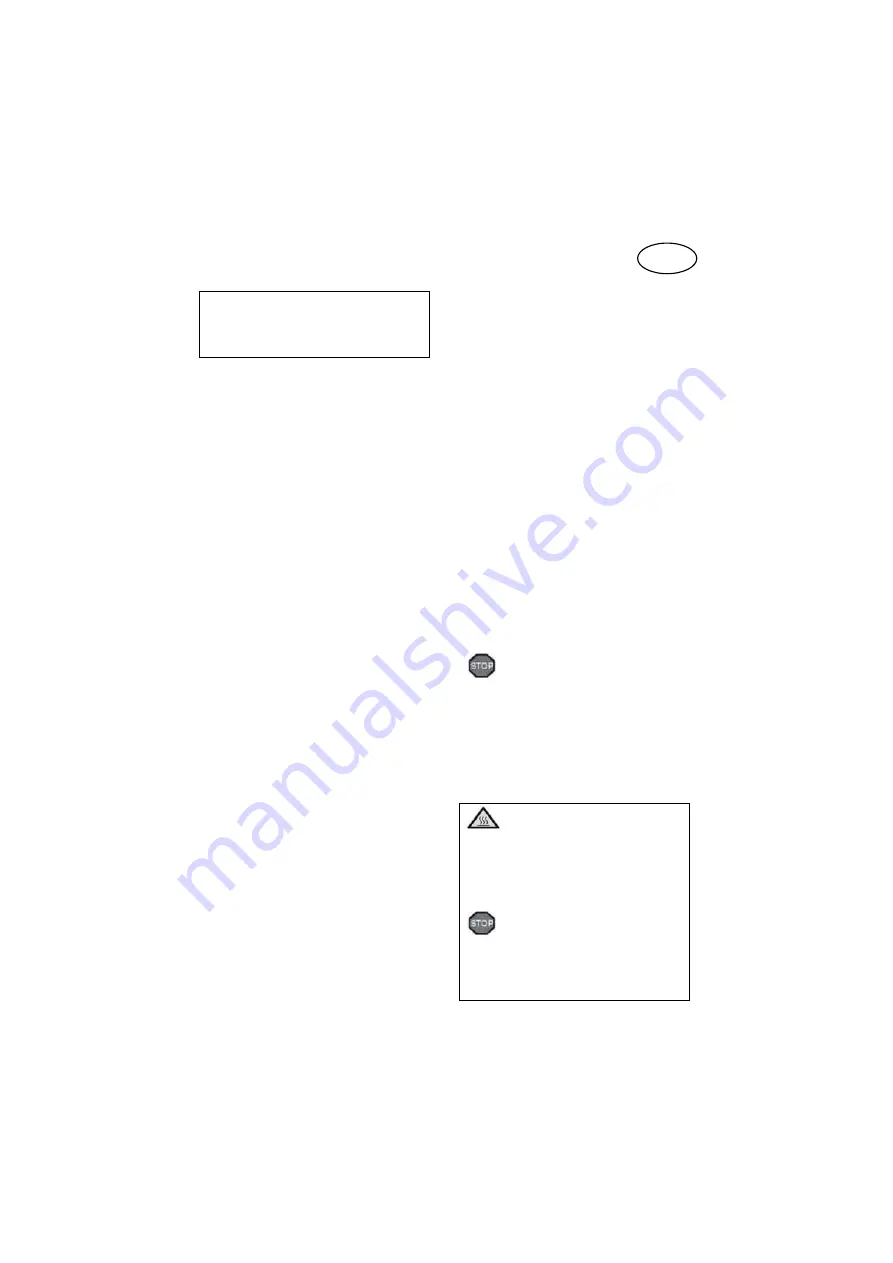
English
User manual for Microwave
GB
When in operation the base of the
oven may become very hot. The
worktop must thus be accordingly
heat-resistant.
4 Rating Plate
The rating plate with technical
specifications is located on the
cabinet, at the rear of the oven.
5 Plugging in your appliance
Your appliance must be connected
to a power socket with grounded
connection, which complies with
the respective regulations and
has
been
installed by an authorised
specialists.
Before plugging the appliance into
the wall socket, make sure that the
voltage (V) and fuse amperage (A)
specified on the rating plate of the
oven correspond with the electrical
power supply in your home.
If these specifications do partly or
not at all correspond, immediately
contact your local customer support
service or your dealer and do not
plug in the appliance under any
circumstances.
When operating the microwave
oven for the first time, make sure
that:
The power cable of the oven is
not led underneath the oven
base, which does get hot, and
does not come into contact with
sharp edges or hot objects.
The power cable does not
extend into the other kitchen
work areas.
The power cable does not
droop from the worktop and
nobody can get caught in it.
The power cable does not come
into contact with moisture (e.g.
when wiping the worktop or
rinsing).
The power plug is easily
accessible and can quickly be
unplugged in case of danger.
The power plug is always firmly
inserted in the socket and loose
contact cannot cause any fire
hazards.
Slack power plugs or sockets
must be immediately repaired
by a skilled electrician.
No curtains are nearby.
6 Using the Microwave Oven
6.1 Before switching on the
appliance, you should
familiarise
yourself with the following
guidelines:
Never operate the oven
when it is empty.
Otherwise it
could get damaged.
To prevent the oven from being
operated inadvertently without
contents,
always leave a glass of
water in the cavity
when the
appliance is out of use.
Never heat liquids or
food(s) in sealed dishes
Within sealed dishes overpressure
can quickly develop and thus cause
the dish to burst. This leads to
potentially serious accidents.
The following items are also
liable to burst due to developing
overpressure: eggs in shells,
nuts in shells
or any
food(s)
vacuum packed in plastic foil.
fi211206mid
GB 9
















































